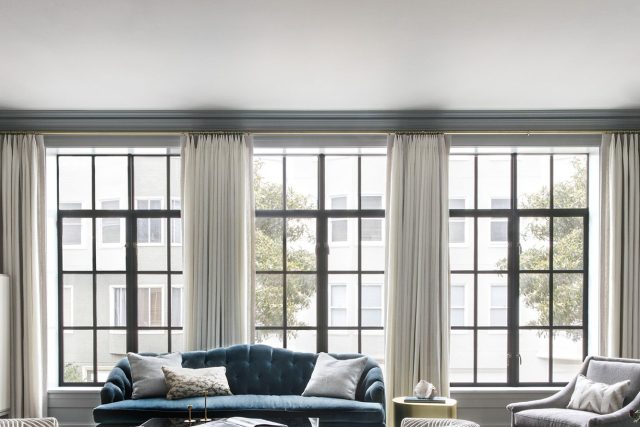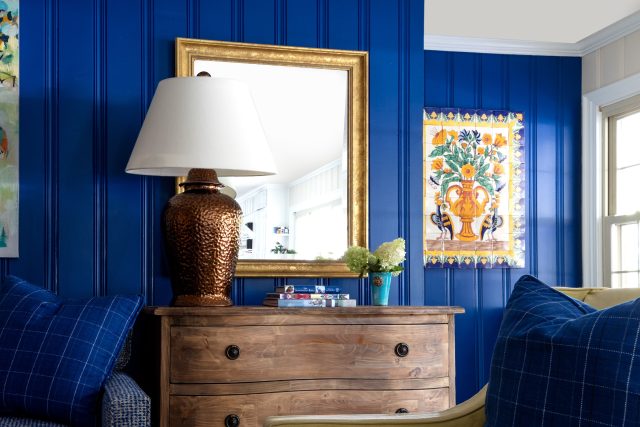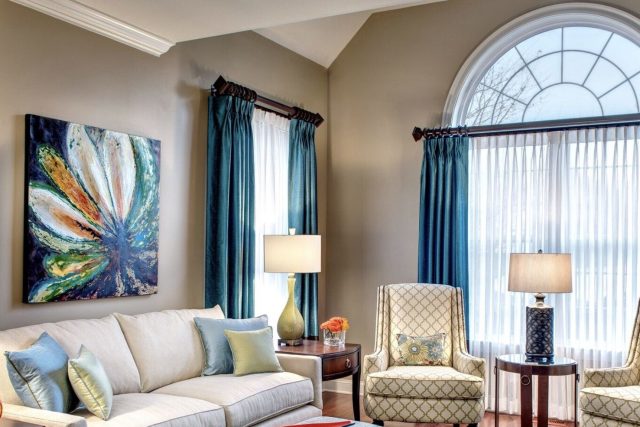The Beauty of Light Textures
Light textures are a fascinating and beautiful aspect of design that can add depth, dimension and emotion to any visual composition. Their effects can be subtle or overpowering, depending on their placement and the way they interact with other visual elements. They can be used to create a sense of movement, mood, or even narrative. But what exactly are light textures, and how can they be used to create stunning designs?
An Introduction to Light Textures
Light textures are essentially digital or analog patterns created from various types of light sources. They can be created with a camera, a scanner, or software tools. They come in a variety of formats such as JPG, PNG or Bitmap, and can be saved as files or applied directly to a project. They can be used as overlays, backgrounds, or even as standalone effects.
There are many different types of light textures, such as lens flares, bokeh, and light leaks. Each type of texture has a unique visual effect and can be used to create a specific mood or atmosphere.
Lens Flares
Lens flares are a common type of light texture that are created by light reflecting off the lens of a camera. They can be used to add a sense of drama, excitement or even a futuristic vibe to a composition. They are often used in movie posters, video game covers, and other media where a sense of energy and excitement is needed.
Bokeh
Bokeh is another popular type of light texture that emerged in photography. Bokeh is characterized by blurred, out-of-focus lights in the background of an image. This texture can create a sense of depth and mystery, and is often used in portraits, wedding photos, and other types of photography where a soft and dreamy feel is desired.
Light Leaks
Light leaks are another type of light texture that can add a vintage or retro feel to a design. Light leaks are essentially gaps in the camera’s reel that allow light to seep in and create a flare-like effect. These textures can be used to create a sense of nostalgia or a vintage look, and they are often used in film posters, album covers, and other media where a retro feel is desired.
The Art of Using Light Textures
Using light textures requires a certain level of confidence and skill, as applying too many textures or using them in the wrong way can create a cluttered or confusing composition. When used correctly, however, light textures can be a powerful tool for creating stunning and evocative designs.
One of the key things to keep in mind when using light textures is to use them strategically. Start by identifying the mood or tone you want to convey through your design. Do you want it to be moody and atmospheric, energetic and dynamic, or warm and nostalgic? Depending on the mood you want to create, you can then choose the appropriate light textures to bring that mood to life.
Another important factor to consider when using light textures is to use them sparingly. While it can be tempting to apply multiple textures to a design to create a more complex effect, using too many textures can easily overwhelm the composition and create visual confusion. Instead, focus on selecting a few key textures that will truly enhance the overall experience of the design.
In Summary
Light textures are a powerful artistic tool that can add depth, dimension, emotion and atmosphere to designs in a wide variety of mediums. While there are many different types of light textures, including lens flares, bokeh, and light leaks, each has its own unique visual effe. When using light textures, it is important to use them strategically and sparingly to create a visually interesting and cohesive composition
References
- How to Use Textures in Photoshop to Add Depth to Your Images
- 10 Different Light Textures for Adding Atmosphere to Your Photos
- Design Trend 2019: Texture in UI



Hottest Posts
Floor lamp / Lighting
Introducing the New Chinese Rattan Floor Lamp: A Stylish Addition to Your Home
Table lamp / Lighting
Timeless Elegance: Vintage Brass Gear Table Lamp
Pendant light / Lighting
Japanese Log Grid Ceiling Lamp: A Unique Lighting Option
Lighting / Pendant light
Bohemian-Inspired Chandeliers: Adding Colorful Flair to Your Space
Pendant light / Lighting
Enhancing Spaces with Modern LED Line Lights
Lighting / Table lamp
Vintage Charm: Retro Table Lamp in American Style